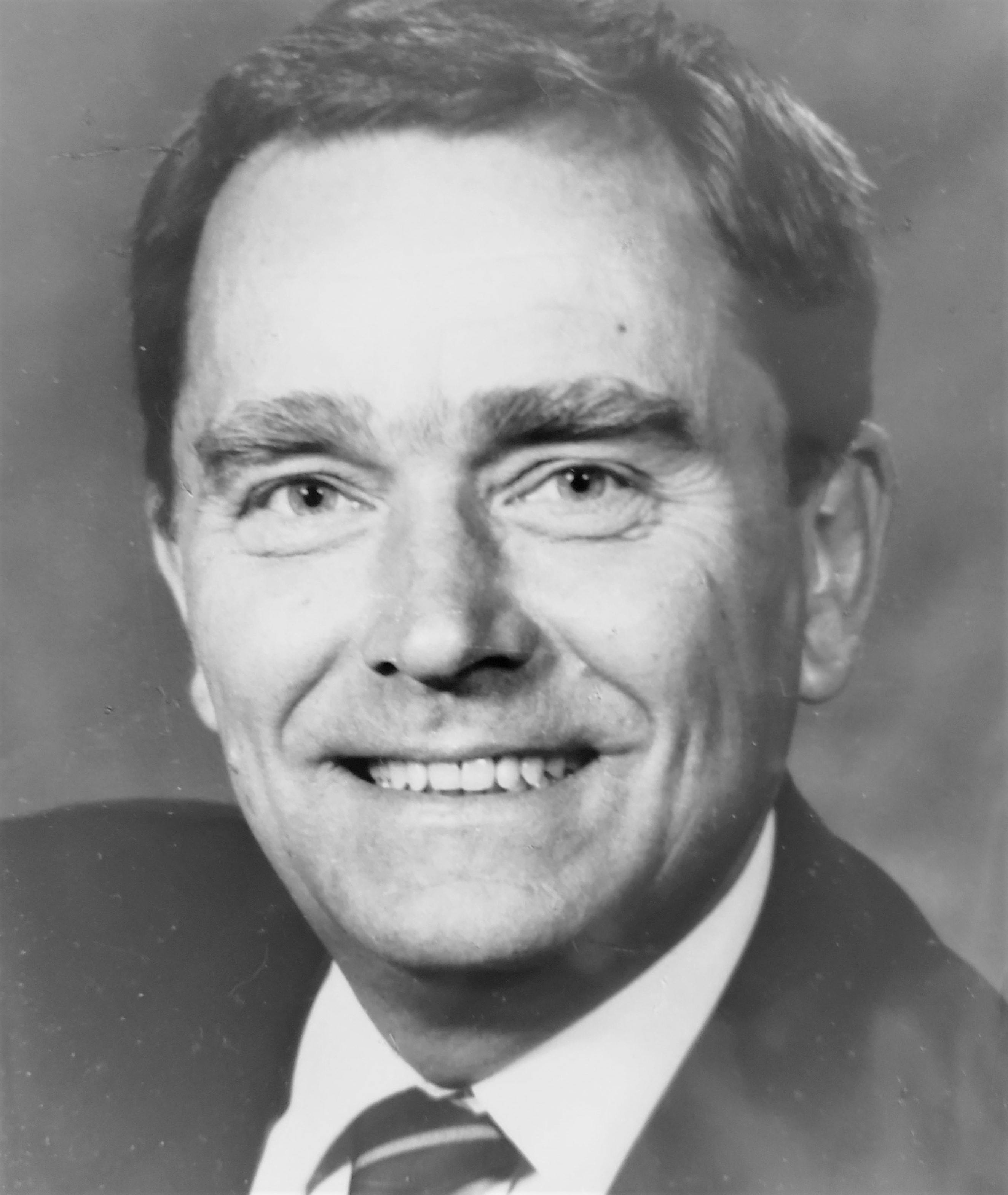 I am sad to report that our friend and colleague Klaus Keil passed away peacefully Friday night at home after a long battle with cancer. He was Emeritus Professor, former Director of the Hawai`i Institute of Geophysics and Planetology, and former Interim Dean of the School of Ocean and Earth Science and Technology. Klaus was an outstanding scientist, spectacular mentor, educator, and leader, dedicated family man, and enthusiastic tennis player. His academic and science leadership skills glittered at the University of Hawai`i since 1990 and at the Institute of Meteoritics at the University of New Mexico from 1968 to 1990. He was 87 years old.
I am sad to report that our friend and colleague Klaus Keil passed away peacefully Friday night at home after a long battle with cancer. He was Emeritus Professor, former Director of the Hawai`i Institute of Geophysics and Planetology, and former Interim Dean of the School of Ocean and Earth Science and Technology. Klaus was an outstanding scientist, spectacular mentor, educator, and leader, dedicated family man, and enthusiastic tennis player. His academic and science leadership skills glittered at the University of Hawai`i since 1990 and at the Institute of Meteoritics at the University of New Mexico from 1968 to 1990. He was 87 years old.Klaus was a pioneer in the use of the electron microprobe in meteoritics and in petrology and mineralogy in general. In the early 1960's, he worked with colleagues at NASA Ames Research Center, Ray Fitzgerald, and Kurt Heinrich, to make the first energy dispersive X-ray spectrometer for use in microanalysis. This device was the first to focus on terrestrial and extraterrestrial geological materials, and the first to use a solid-state lithium-drifted Si detector. Over his long and illustrious career, Klaus studied practically every type of meteorite and lunar sample, addressing big problems in planetary science, from chondrule formation to pyroclastic eruptions on the Moon and achondritic bodies, from asteroid disruption to the composition of the Martian surface.
His accomplishments were recognized through awards of the Leonard Medal from the Meteoritical Society, the J. Lawrence Smith Medal of the National Academy of Sciences, and election as a Legends Fellow of the Microanalysis Society, in addition to numerous other accolades including the main belt asteroid Keil and the extraterrestrial mineral keilite, (Fe,Mg)S, named in his honor.
A long time ago someone told me, with astonishment in his voice, "Everything Klaus touches turns to gold." Klaus was an alchemist. He made his own gold through his imagination, ability to synthesize diverse data, hard work, and the ability to motivate research in his group. The real gold, though, goes to all of us who benefitted from his research, leadership, and mentorship, especially those of us who have had the pleasure and honor to work with him and to be his friend. Written by Professor Jeff Taylor
Prof. Keil is survived by his wife, Dr. Linde Keil, daughter Kathrin Keil Sieberth, husband Dr. James Sieberth; son Mark Klaus Keil and grandchildren Kyle and Samantha Sieberth.
Services will be held on April 9th, 2022 from 11:00am to 12:00pm at Oahu Cemetery Chapel on 2162 Nuuanu Avenue, Honolulu, HI 96817 followed by Inurnment at 12:30pm.
Arrangements Provided By: Oahu Mortuary


